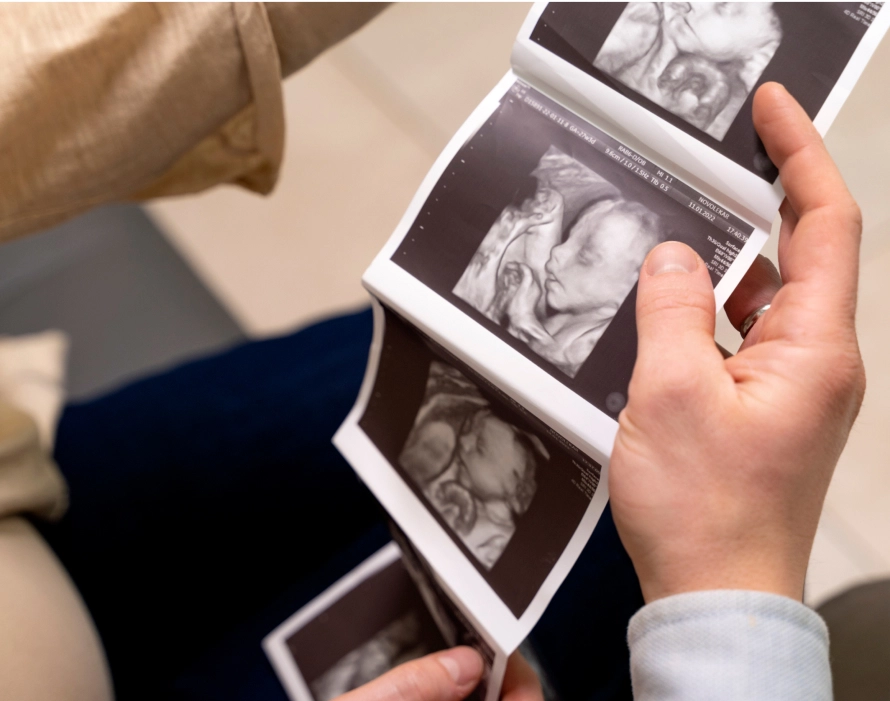Intrauterine Insemination (IUI)


Procedure Details
1
The patient undergoes an ultrasound examination within the first 1 to 3 days of their menstrual cycle to assess the suitability for egg stimulation.
2
After egg stimulation, the female will need to undergo regular monitoring of follicle size as scheduled by the doctor. The doctor will then determine the day of ovulation to schedule the insemination procedure. This may involve urine tests to check for ovulation hormones or an ovulation trigger shot.
3
On the day scheduled for intrauterine insemination, the male partner should accompany the female partner to provide a semen sample. It is recommended that he abstains from ejaculation for 3 to 5 days prior to the insemination.
4
After the insemination, the patient can resume normal daily activities. About two weeks after the procedure, a blood test can be performed to check for pregnancy hormone (HCG) levels.
This treatment is suitable for couples where the cause of infertility is unexplained, or where the woman has healthy fallopian tubes and no issues with ovulation, but the male partner has problems with sperm ejaculation into the vagina. The success rate of IUI is approximately 10-20%, depending primarily on the quality of the eggs, the number of eggs stimulated, and the health of the sperm. Therefore, IUI is not recommended for couples where the woman has issues with the fallopian tubes, such as blockages, or where the male partner has a low sperm count and/or poor sperm quality, as these factors significantly reduce the likelihood of success.




